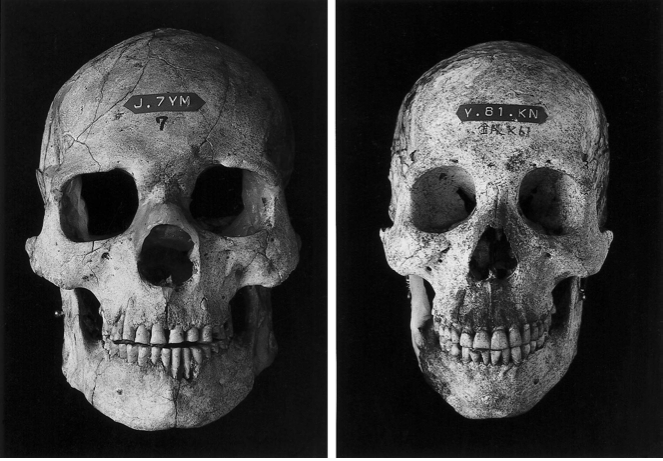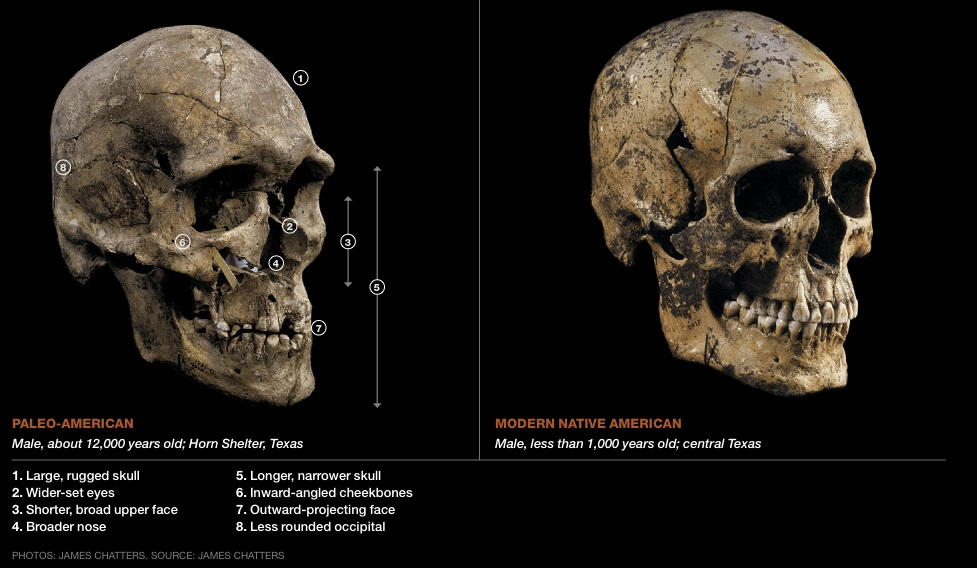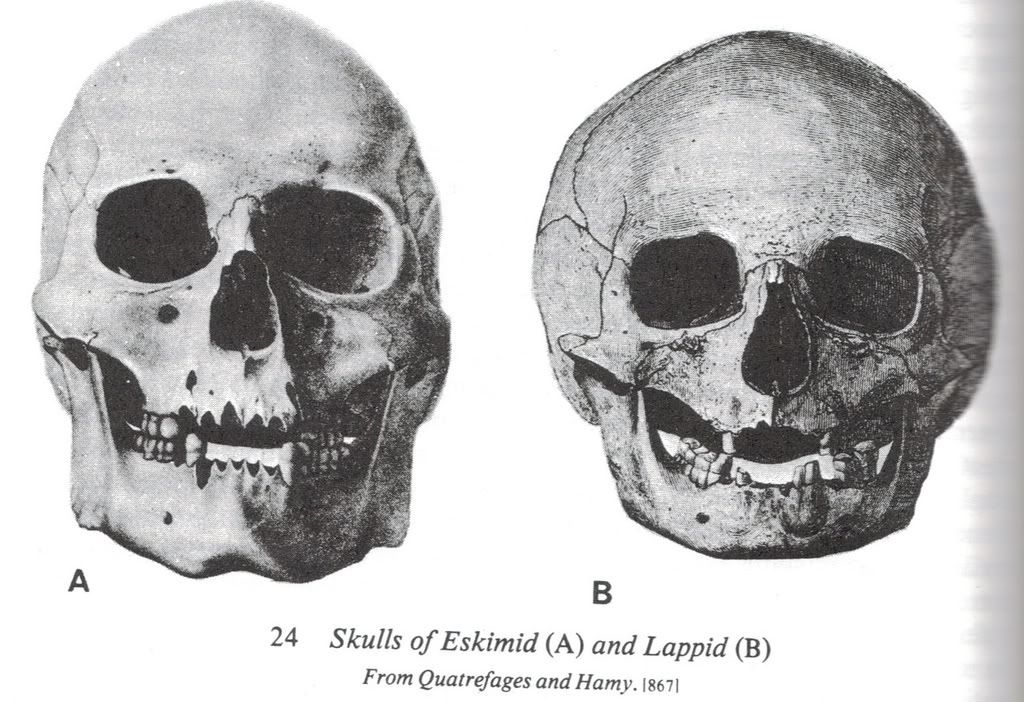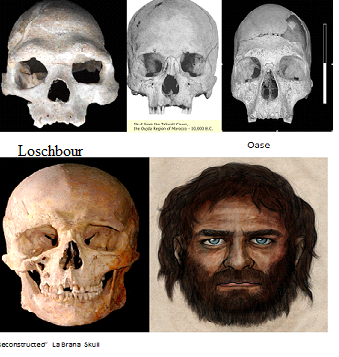berun
Regular Member
- Messages
- 1,084
- Reaction score
- 183
- Points
- 0
It will be necessary to finetune BB processes as to know how it populated europe.
For bottleneck i mean the necessary assumption to make L21 of BB origin as to become the isles' subclade, if "spanish" DF27 would be the irish main subclade then another bottleneck effect would be done there, but at least it would'nt be necessary to force such event at 2500-2400 BC as with L21.
Later events that would deliver L21 to the continent:
- inner migrations inside the roman empire
- romano-britons after the romans left britain in 400 (unsure about tribal's politics for romanized people and how would be the new economic " laws")
- britons taking refuge after saxon and irish attacks and ravagings (going so far as north spain, even having their own bishropic in galicia)
- 100 years war against france (british occuping and controlling much territory)
- migration of catholics to france after the british state was not favoring more them.
For bottleneck i mean the necessary assumption to make L21 of BB origin as to become the isles' subclade, if "spanish" DF27 would be the irish main subclade then another bottleneck effect would be done there, but at least it would'nt be necessary to force such event at 2500-2400 BC as with L21.
Later events that would deliver L21 to the continent:
- inner migrations inside the roman empire
- romano-britons after the romans left britain in 400 (unsure about tribal's politics for romanized people and how would be the new economic " laws")
- britons taking refuge after saxon and irish attacks and ravagings (going so far as north spain, even having their own bishropic in galicia)
- 100 years war against france (british occuping and controlling much territory)
- migration of catholics to france after the british state was not favoring more them.




















